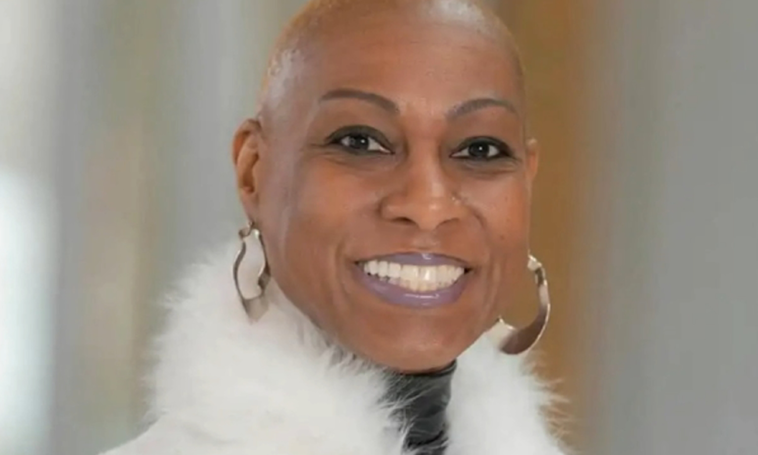Social Media Campaign Questions Why White Man Isn’t Fired As HBCU President After VP Dies By Suicide. After Lincoln University-Missouri’s Vice President of Student Affairs, Dr. Antoinette “Bonnie” Candia-Bailey, died, a social media campaign called #FireMoseley demanded the university’s president, Dr. John Moseley, be fired.
The campaign gained traction after emails revealed that white Dr. Moseley was accused of contributing to Candia-Bailey’s suicide. Candia-Bailey’s messages revealed Moseley’s alleged mistreatment and the university’s Board of Curators’ inaction.
People tweeted #FireMoseley to raise concerns over Moseley’s status as HBCU president. Having a white man run a predominately Black school raises questions.
One social media user asked, “Why is a WHITE man the president at a Historically BLACK college?”
A white president at an HBCU is rare, according to Rutgers University historian Marybeth Gasman, who studies institutional racism in higher education. Gasman suggested that this dynamic could lead to Candia-Bailey’s allegations. She stressed that white men’s workplace mistreatment, bullying, and harassment of Black women is common.
The Lincoln University National Alumni Association supports Moseley’s ouster. Sherman Bonds, the association’s president, voiced despondency and asked the Board of Curators to bring peace and reconciliation to the university community.
Following Dr. Candia-Bailey’s death, administration officials were accused of ignoring her bullying and harassment. According to reports, the Board of Curators ignored her requests for help. The administrator’s distressing decision was prompted by intentional harassment and bullying while depressed and anxious.
While calls for Moseley’s ouster persist, the university’s handling of Candia-Bailey’s family and medical leave during mental health issues has fuelled the dispute. Candia-Bailey’s terrible death contrasts with Moseley’s paid administrative leave after being denied leave.
The #FireMoseley campaign seeks responsibility for the alleged maltreatment and sparks a discussion about HBCU leadership and the value of support and understanding. This movement may affect how higher education institutions manage racial sensitivity, mental health, and leadership representation.
Since Dr. Antoinette Candia-Bailey’s death, the #FireMoseley campaign has demanded accountability and transparency, raising allegations of bullying and mistreatment and questions about racial dynamics in leadership positions at historically Black institutions.
As the social media movement grows, race in higher education leadership discussions have centered on it. Historian Marybeth Gasman noted that HBCUs rarely have white presidents, sparking discussions about their possible drawbacks.
Critical questions have been raised about the governing committee that appointed Moseley president due to the campaign. Concerns regarding representation, comprehension, and cultural sensitivity in HBCU leadership have raised questions about a white president at a predominately Black university.
“Why could he run an HBCU? #FireMoseley Ask the Lincoln U. Missouri board about this! White men and women are killing black women at work “said a campaign member. This remark reflects a larger concern about Black job experiences, particularly women, under white superiors.
The Lincoln University National Alumni Association’s call for Moseley’s immediate resignation shows the community’s urgency to confront Candia-Bailey’s crisis’s underlying causes. Sherman Bonds’ request for a resolution to the Board of Curators shows the university community’s pessimism and the necessity for action.
Candia-Bailey’s mental health is a source of concern amid Moseley’s leadership scrutiny. The rejection of her family and medical leave and Moseley’s administrative leave after her death have caused indignation and accountability requests.
The #FireMoseley campaign is demanding justice for Candia-Bailey and sparking discussions about race, mental health, and leadership in academia. This movement may influence HBCU and higher education discourse on diversity, equity, and inclusion.
This position is complicated, and how the university, its leadership, and the Board of Curators handle campaign pressure is unknown. Lincoln University-Missouri’s case illustrates HBCUs’ struggles to promote student and staff well-being and representation.




One Comment
Leave a ReplyOne Ping
Pingback:Trial For Jam Master Jay's Accused Killers Set To Begin
Join the Community and Be a Part of the Conversation
You must be logged in or registered to post a comment.